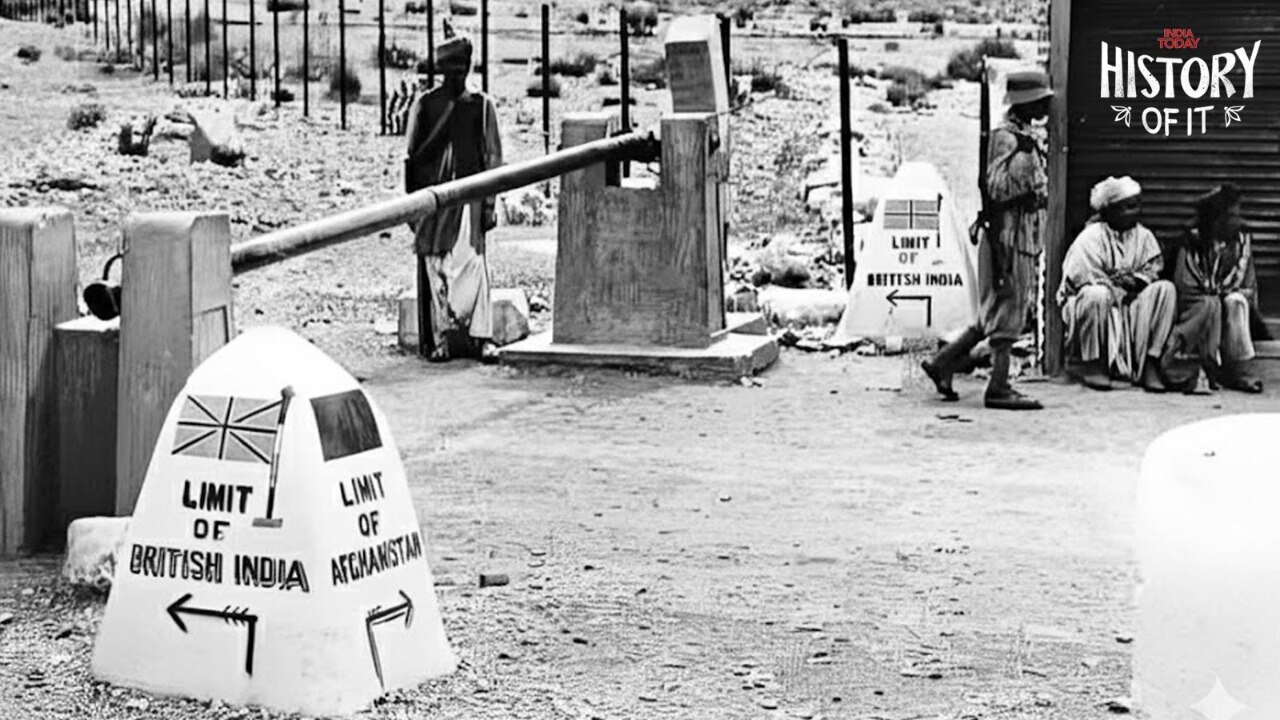Last week, as Afghanistan and Pakistan hurled bullets and missiles at each other across the border, a photo claimed to be from the 1930s, lit up social media. The black and white image showed a land border between India and Afghanistan, marked by a couple of border pillars and a pulley barricade, and manned by Indian soldiers. Many were amused to learn that India and Afghanistan once actually shared a land border. But amusement aside, they still do.
advertisement
India and Afghanistan shared borders for centuries, and even the creation of Pakistan left a 106-km stretch where the two countries remained immediate, contiguous neighbours.
On a South Asian map, most imagine India to be in the east, Pakistan in the middle, and Afghanistan somewhere far off to the west. But tucked up in Afghanistan's northern Badakhshan province is the Wakhan Corridor. It is a sliver of land that brushes up against what is now Gilgit-Baltistan, a part of the former princely state of Jammu and Kashmir now under illegal Pakistani occupation.
That 106-km touchpoint still makes centuries-old neighbours, India and Afghanistan, contiguous neighbours, and, according to Article 1 of the Indian Constitution, falls within Indian territory. However, after Partition, Pakistan slipped in between the two neighbours by illegally annexing the region, aided by the betrayal and treason of British officers in the Gilgit Scouts. In 1947, the backdoor takeover of the erstwhile Gilgit Wazarat and Gilgit Agency placed Pakistan as a wedge between Ganga and Gandhar.
INDIA REMINDS PAKISTAN OF REALITY. AFGHANISTAN, INDIA ARE NEIGHBOURS: JAISHANKAR
Earlier this month, when Pakistan and Afghanistan were engaged in a war along the Durand Line, India dropped a reminder.
Continue Reading on India Today
This preview shows approximately 15% of the article. Read the full story on the publisher's website to support quality journalism.
